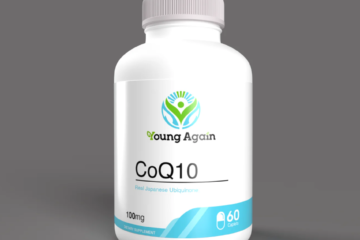ASIAN MASSAGE: Different Types of Asian Massage

While there are numerous benefits of massage therapy, its impact on psychological health is always neglected. Asian massage, as the name implies, is a form of bodywork that abides by the rules and principles of traditional Asian medicine.
Asian massage is a touch-based therapy with specific purposes and effects on various body parts. However, their primary goal is to rejuvenate the body and provide physical and mental relief. Let’s have a look at the various kinds of Asian massages.
What Are the Different Types of Asian Massage?
· Anma or Amma
First introduced by a Buddhist priest in the 6th century by Gan Jon Osho, Amma is a form of therapy based on traditional Japanese massage techniques. This therapy uses a technique that combines pressure on acupoints with deep tissue massage.
The primary aim of this Asian massage is to treat imbalances in one’s system, thereby refreshing the whole body.
· Acupressure massage
Acupressure is a type of Asian massage that pinpoints pressure on various body parts. It’s been developed by Chinese medicine for over 5,000 years and can be equally carried out by oneself, that’s if you’ve got an idea about it.
The acupressure massage works by targeting specific body parts, thereby releasing tensions that build up within those areas and providing a good relief.
· Chi Nie Tsang
Chi Nie Tsang is a Chinese detoxifying massage that provides healing and recovery by targeting specific body organs, especially the ones affected by illness. It’s known for treating emotional conditions linked to disease. This form of Asian massage uses old Taoist techniques where the body organs are gently massaged, thereby providing physical, spiritual, and emotional relief.
To carry out this therapy, the abdomen is first oiled up so it gets a warm feeling before being subjected to massage strokes with the palm.
· Ayurveda Massage
Whenever you hear the word ‘Ayurveda,’ just know it’s all about Indian medicine. The Ayurveda massage places more focus on the body’s chakras and marmas.
According to Indian tradition, the body is filled with multiple marmas. The Ayurveda massage, however, focuses on 107 major marmas found at junctions where the bones, tendons, veins, flesh, arteries, and joints meet. The massage uses oil to employ techniques that aim at opening and cleansing energy channels that could be blocked over time.
· Shiatsu
‘Shiatsu’ in Japanese means ‘finger pressure. However, this massage uses a wide range of techniques like kneading, pressing, stretching, and even tapping to provide deep relaxation of the body and mind. Unlike other types of Asian massage, shiatsu doesn’t use any oil and can even be carried out when the client is fully clothed.
Jin Shin Jyutsu
Jin Shin Jyutsu is more like a simple version of acupressure massage. It follows the same principles of acupressure but focuses only on 26 points. This is relatively few compared to the 300 points that acupressure work with. These 26 points are SELs (safety energy locks) located along the body’s energy pathways.
With his hands, a Jin Shin Jyutsu practitioner holds onto a combination of these SELs, massaging through them gently. This, however, lets the client experience a calm flow of energy.
Wrap up
Long developed by ancient Asian tradition, Asian massages have really come a long way. Though they are different in techniques, they all have a primary aim of boosting the total health and wellness of those who experience it.
Are you still doubting the effects of these massages? Well, I urge you to try them all out one day and see which one suits your needs. However, don’t forget to consult your therapist when trying to learn more about the treatment you sought to get the most out of it.










